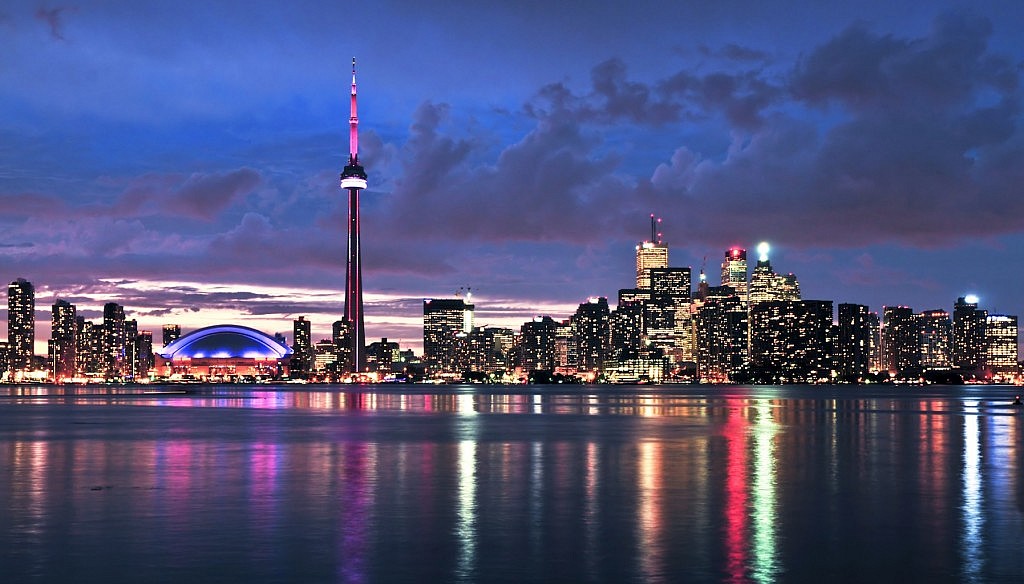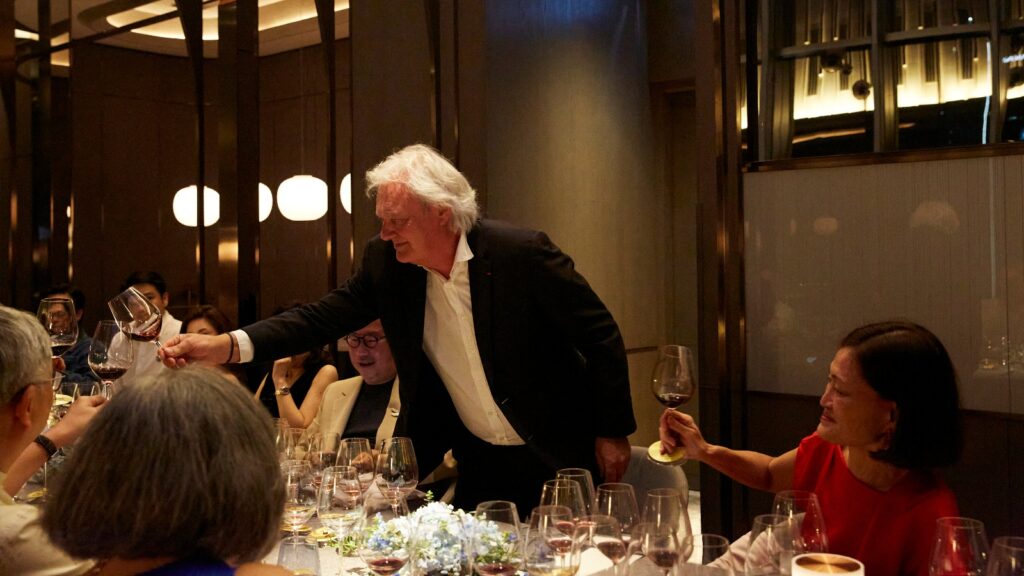Oh canada
As Canada marks a century and a half as a nation this year, it may be Toronto that has the most to celebrate. The metropolis of 2.8 million recently surpassed Chicago in population, making it the fourth-largest city in North America. But it’s not all about size: New hotels, restaurants, museums — even new neighbourhoods — have been emerging on the T-dot scene for years, gradually reaching a cultural crescendo. “We are young and rebellious, taking risks and testing limits,” says Grant van Gameren, the chef and owner of some of Toronto’s most buzz-worthy bars and restaurants. “We don’t have much history to pigeonhole us, so we just continue to evolve.” Read on to join the evolution.
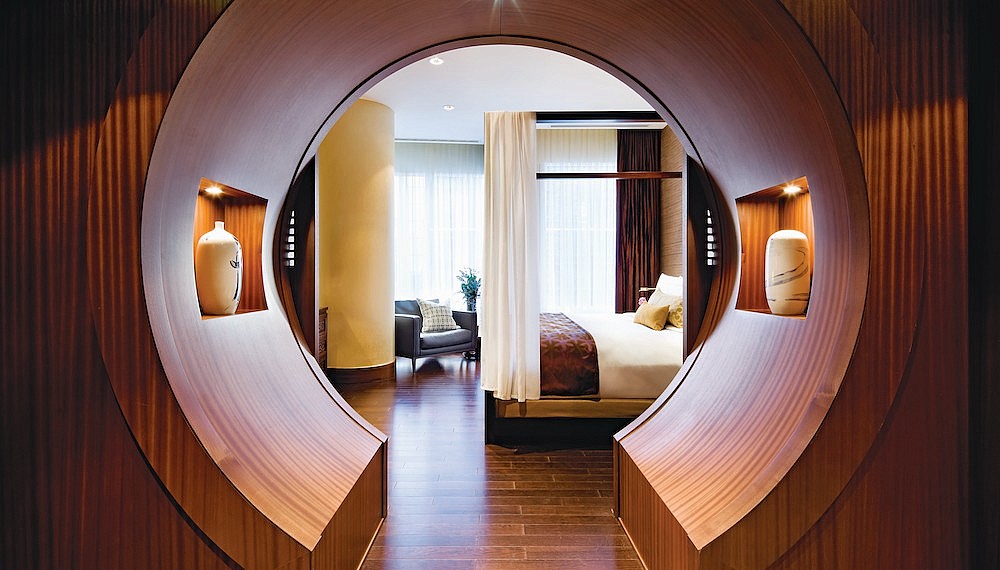
Where to stay
Toronto holds a venerable place in hotel history: In 1961, the first-ever Four Seasons property opened on Jarvis Street in the city’s downtown area. Today, the Four Seasons Hotel Toronto in Yorkville, which opened in 2012, is a bastion of high-end hospitality, leading the way in the city with its Yabu Pushelberg design and two Daniel Boulud restaurants. The number of worthy competitors is growing, however, with entries including the Ritz-Carlton, Toronto, and Shangri-La Hotel, Toronto. This year the city welcomes two more ambitious newcomers: Hotel X, near the Lake Ontario waterfront, bills itself as the city’s first urban resort, with two rooftop swimming pools and extensive wellness facilities; and this fall, the 44-story Bisha Hotel & Residences will debut with 96 guest rooms, 332 condominiums, and a 70,000-square-foot rooftop lounge.
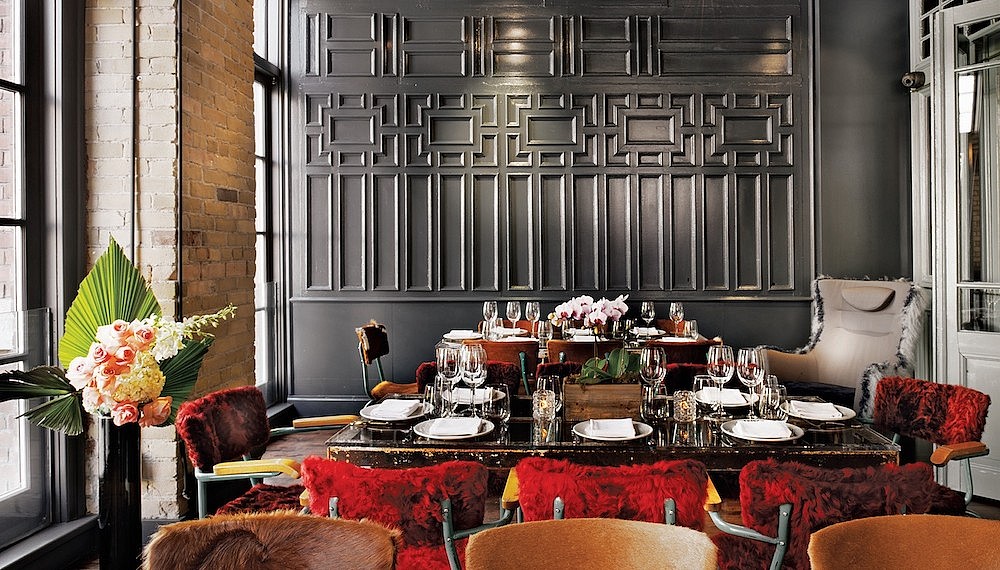
Where to eat
Sure, you could dine with Daniel Boulud at the Four Seasons, but Toronto has plenty of homegrown talent, too. Here are the five local chefs you should know.
Mark McEwan: McEwan has built a culinary empire spanning from TV shows to cookware, but North 44°, his 27-year-old restaurant, remains his most renowned creation, for its elegant Yabu Pushelburg interiors and contemporary fare.
Susur Lee: A local legend for his fancifully innovative Chinese cuisine, Lee has four Toronto restaurants, each with its own distinct style — from upscale comfort food at Fring’s to nouvelle French-Asian at Lee.
Patrick Kriss: Toronto’s chef du jour cut his teeth in the kitchens of Daniel Boulud and Michel Troisgros before opening his heavily praised Alo in 2015. His delicately prepared five-course tasting menu has almost single-handedly reignited the city’s fine-dining scene.
Keith Froggett: An early star of Toronto’s haute-cuisine scene, Froggett has been at the helm of one of Canada’s best restaurants, Scaramouche, since 1985. Not much has changed in the last 32 years — and with perfectly executed dishes like Quebecois suckling pig with Jerusalem artichokes, that’s a good thing.
Rob Gentile: An obsession with fresh ingredients has propelled Gentile to the top of Toronto’s culinary arena. At his three Buca restaurants, inventive yet authentic coastal Italian cooking is amplified with foraged ingredients like juniper, fennel, and blackberry.

Where to go
Toronto’s rapid growth can be measured in its ever-expanding directory of neighborhoods. It seems that every few blocks in the Canadian metropolis yields a new district with a new name — and knowing one from the other is imperative. For high-end shopping sprees, head to ritzy Yorkville, lined with Chanel, Hermès, Dior, and the like. More local are the boutiques in West Queen West, a hub of art and fashion where Canadian designers and gallerists like John Fleuvog and Stephen Bulger have set up shop. Though still a bit rough around the edges, the Junction is the city’s newest district, lined with curated boutiques like Mjölk (featuring works from Scandinavian and Japanese artisans) and Latre Art + Style(an eclectic mix of handmade hats, textiles, and selvage denim). And linking seven neighborhoods together this year is the forthcoming Bentway, an urban park project combining retail, art, and exhibition space that aims to replicate the revitalization effect of Manhattan’s acclaimed High Line.
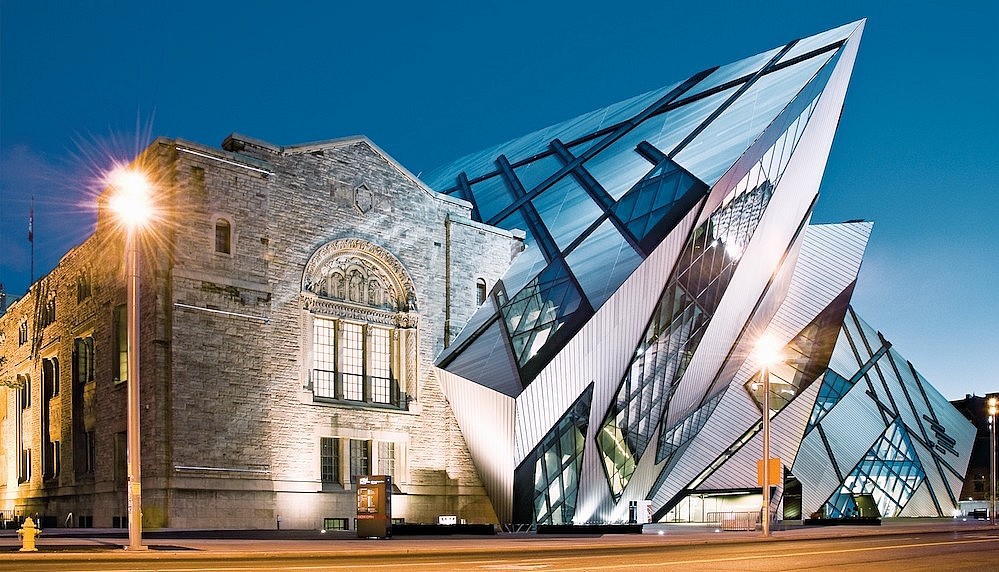
Where the art is
No one can turn a second-rate city into a cultural sensation quite like a starchitect — and Toronto has had more than its fair share chipping in. In 2007, Daniel Libeskind made his mark on the Royal Ontario Museum, adding a new wing fronted by a sculptural mass of jagged glass to the century-old institution. The following year, native son Frank Gehry unveiled his transformation of the Art Gallery of Ontario, encasing the historic structure in a billowing glass facade. And in 2014, the Japanese Pritzker-winning architect Fumihiko Maki completed his strikingly angular white granite Aga Khan Museum. Next up is this fall’s Museum of Contemporary Art, which, overseen by the local firm E.R.A. Architects, is turning a long-abandoned corner of the city into the next major arts hub.

Where to drink
The cocktail craze is approaching pandemonium in Toronto, and at its forefront is Grant van Gameren, the young chef and restaurateur behind some of the city’s most happening spots for a sip. “[Torontonians] have become more adventurous in what they drink,” he says. “Old spirits are gaining new interest, and mixologists are becoming just as famous as chefs. It’s an exciting time.” Here, van Gameron shares his short list — including a couple of his own joints — for the perfect T-dot tipple.
Bar Raval: “My first pintxo-bar experience gave me a feeling I will never forget,” says Van Gameron, whose interpretation of the northern Spanish–style bars is as authentic as it is intimate, offering craft cocktails, Spanish wine, and small bites like jamón ibérico and tortilla española.
Alo: According to van Gameron, Toronto’s hottest new restaurant is also a great place for a drink. “The cocktails here are delicious, and the team are some of the most hospitable characters you can come across.”
Pretty Ugly: Van Gameron’s Queen Street West outpost is “rebellious and unpredictable,” combining a small mezcal bar in the front with a moody speakeasy in the back. Order the Crystal Lake, made with La Guita Manzanilla sherry, foraged herbs, and egg white.
Civil Liberties: This hideaway on Bloor Street is “a bartender’s bar. There’s no menu; just tell them what you like.” Homemade ingredients like dried eucalyptus and snap-pea flowers promise many a memorable concoction.
Cold Tea: Marked only by a glowing red light over the door, this Kensington Market pub is eclectic yet unassuming. “I love a good cocktail bar where I feel equally comfortable ordering a beer.” In addition to microbrews and made-from-scratch cocktails, Cold Tea serves dim sum — but no cold tea.
